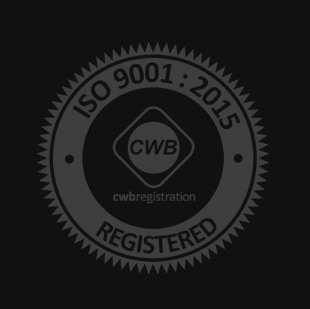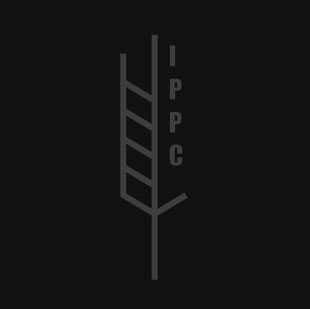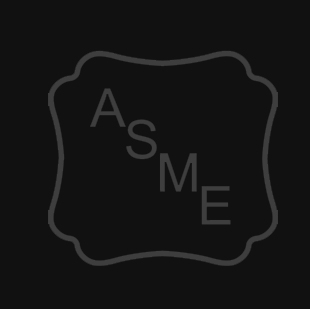Laser cutting is a manufacturing process that utilizes laser technology to cut flat-sheet metal. Laser equipment is distinct from other metal cutting machines in both design and application. Three main types of lasers are used in industry today: CO2 lasers for engraving, and Nd and Nd-YAG lasers for cutting. They are all programmable and can convert 2D digital designs from CAD, or other vector-based images, into a physical object. The high-powered laser beam cuts by melting, burning or vaporizing the material, resulting in a very fine level of detail. The process is flexible, versatile, and highly efficient, and can be a cost-effective option when considering metal fabrication.
Nevertheless, some common misconceptions about laser cutting still persist. One such misconception is that the laser head makes direct contact with the material when it actually does not. It relies on high-energy beam power to give tighter cutting tolerances and maximize precision.
Another of the more common misconceptions is that its efficiency is related to raw laser power. True, fiber laser technology has increased laser beam power over the years; however, improved cutting efficiency is controlled by the speed of the beam, not by raw laser power.
Advantages of Laser Cutting Services
Laser cutting offers several benefits and unique advantages for metal fabrication that can save time and maximize resources. This technique has the ability to cut metals more precisely than other methods can, such as with plasma cutting or waterjet cutting. A laser beams accuracy and precision provides an intricate cut of the metal. The laser is fixed and moves along a narrow path. The heat cutting through the metal affects a smaller area, resulting in cleaner edges, but that smaller area also minimizes warping and distortion of the metal.
A laser beam does not wear down during the process of cutting and does not require work stoppage for retooling or replacement parts. Comparatively, the traditional methods of cutting metal, e.g., shearing or punch press, tooling, retooling, and sharpening, require continuing maintenance. Laser cutting requires no such maintenance and thus, manufacturing detailed shapes with precision can be done in less time.
Other cost-effective measures of this method are the limited labor, setup and operational costs.
Functionality of a Laser Cutter
Most laser cutting systems are operated by Computer Numerical Control (CNC) parameters. These computer controls enable high levels of precision and increased cutting speed. Once images or designs are programmed into the laser cutter, designs, shapes, and sizes can be altered, adjusted and tweaked with the punch of a button. The laser performs fast cutting actions with high accuracy, and a feature of CNC programming is regulating power output, meaning less energy while cutting is used. This enables the laser to adjust settings automatically during cutting depending on the thickness of the metal. Because of CNC programming, no tooling changes are necessary to make adjustments to the cut.
Savings on material costs are another benefit of laser cutting. Using a laser to cut images saves on material scrap, as the accuracy and precision of the laser beam does not require a border on either side of a cut. Also, two images or patterns can share a cut line, further reducing scrap. Other ways to save on scrap relate to cutting techniques such as nesting, lead-ins and lead-outs and tabbing on a laser.
At Quest-Tech, we provide a complete range of fabrication and finishing services using state of the art equipment for laser cutting. We fabricate from stainless steel, carbon steel, aluminum, copper and brass. Any designs or prototypes can be turned into a reality.
Contact us today and we will happily discuss with you how to shape your future!



